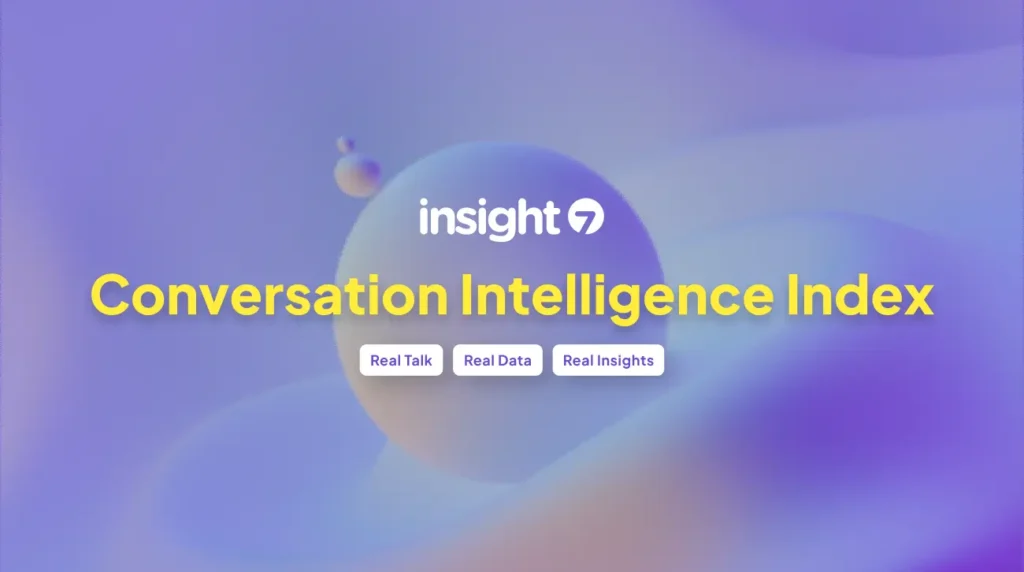How To Choose The Right Data Analysis Tool For Research In 2024
-
Caleb Oranye
- 10 min read
In an era where data is synonymous with gold, researchers and organizations are constantly on the lookout for tools that can help them mine this precious resource. As we move into 2024, the landscape of data analysis tools has evolved, offering a plethora of options that promise to make research more efficient, accurate, and insightful. But with so many choices, how can one ensure that they are selecting the right tool for their research needs? This is a crucial decision, as the right tool can significantly enhance the quality of insights generated and the overall success of research endeavors. In this write-up, we will explore the key considerations to keep in mind when choosing a data analysis tool for research in 2024, keeping the marketers’ interests at the forefront.
When embarking on the journey of selecting a data analysis tool, the first step is to understand the specific needs of your research. Are you looking to analyze qualitative data from customer interviews, surveys, or feedback? Or are you in need of a tool that can handle large sets of quantitative data? Perhaps you require a tool that seamlessly integrates artificial intelligence (AI) to provide deeper insights into customer behavior or to assist in the product development process. Whatever your needs may be, clarity on the type of data and the objectives of your analysis is paramount.
Understanding Research Requirements
Once you have a clear understanding of your research requirements, the next step is to evaluate the tools available in the market based on their features, capabilities, and alignment with your research goals. In 2024, AI-powered tools are at the forefront of data analysis, providing capabilities such as thematic analysis, user persona creation, and product feature prioritization. These tools not only help in analyzing data but also in transforming that data into actionable insights that can drive product development and market positioning.
In the B2B space, product discovery and customer insight are critical components of success. AI tools that specialize in analyzing B2B interactions can offer competitive advantages by identifying opportunities and optimizing marketing messaging. When evaluating these tools, it is essential to consider the level of AI integration and how it can enhance your research process. For example, tools that offer AI-generated user personas or AI-powered roadmaps can significantly reduce the time and effort required in the research phase, allowing for a more dynamic and responsive product strategy.
💬 Questions about How To Choose The Right Data Analysis Tool For Research In 2024?
Our team typically responds within minutes
Advantages of Data Analysis Tool
Another important aspect to consider is the user experience offered by the data analysis tool. A tool that is intuitive and easy to use can greatly increase the efficiency of the research process. This is particularly important for organizations that may not have a dedicated data analysis team and require a tool that can be easily adopted by individuals with varying levels of expertise. Additionally, the tool’s ability to integrate with other software and systems used by the organization can be a determining factor in its suitability.
As we emphasize the importance in content creation, it is equally important to select a data analysis tool that embodies these principles. The tool should be developed by a reputable company with proven expertise in the field of data analysis. It should also provide a secure and reliable platform for handling sensitive research data, ensuring that the trustworthiness of the research process is maintained.
Conclusion
In conclusion, choosing the right data analysis tool for research in 2024 involves a careful evaluation of your research needs, the capabilities of the tool, and its alignment with your organizational goals. By considering the type of data, the level of AI integration, user experience, and the principles, you can make an informed decision that will empower your research and ultimately contribute to the success of your product development and marketing strategies. Remember, the goal is to generate valuable, trustworthy, and user-centric content that aligns with Google’s ranking criteria, and the right data analysis tool is a key component in achieving this objective.
💬 Questions about How To Choose The Right Data Analysis Tool For Research In 2024?
Our team typically responds within minutes



